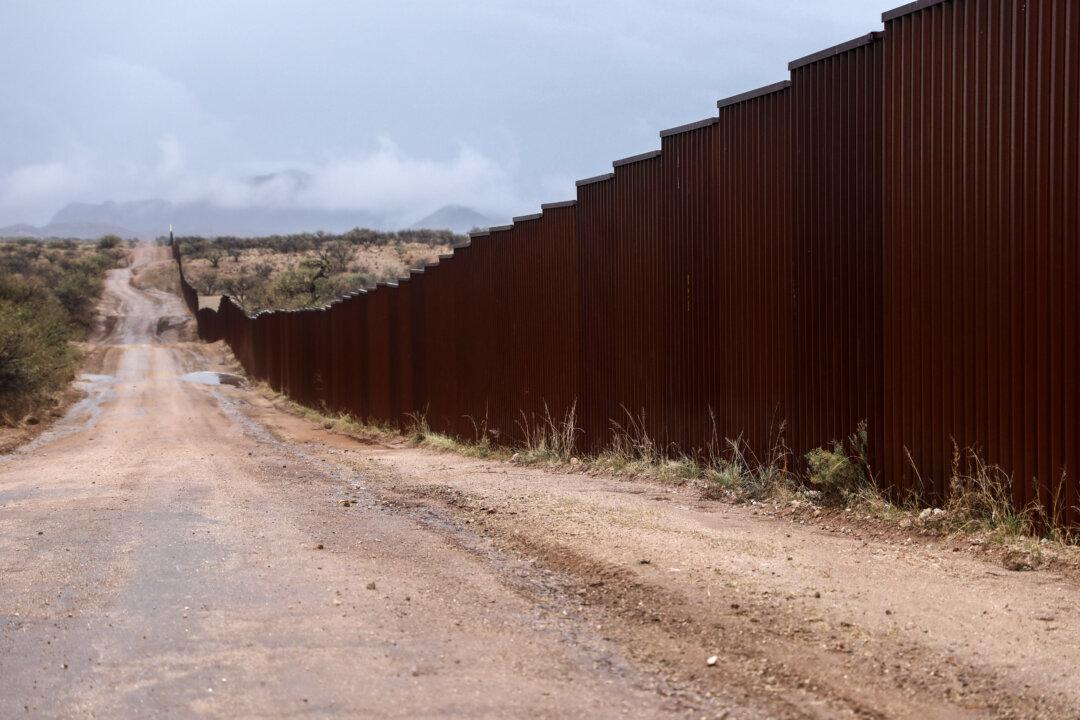An updated analysis from the Center for Immigration Studies finds that President Donald Trump’s proposed wall along the U.S.–Mexico border would pay for itself, even when using conservative estimates of the cost of illegal immigrants and accounting for future flows.
To pay for Trump’s requested $5.6 billion in funding, the wall must be able to prevent about “60,000 crossings or 3 to 4 percent of expected illegal crossers over the next decade,” Steven Camarota, director of research at the Center for Immigration Studies, wrote.





